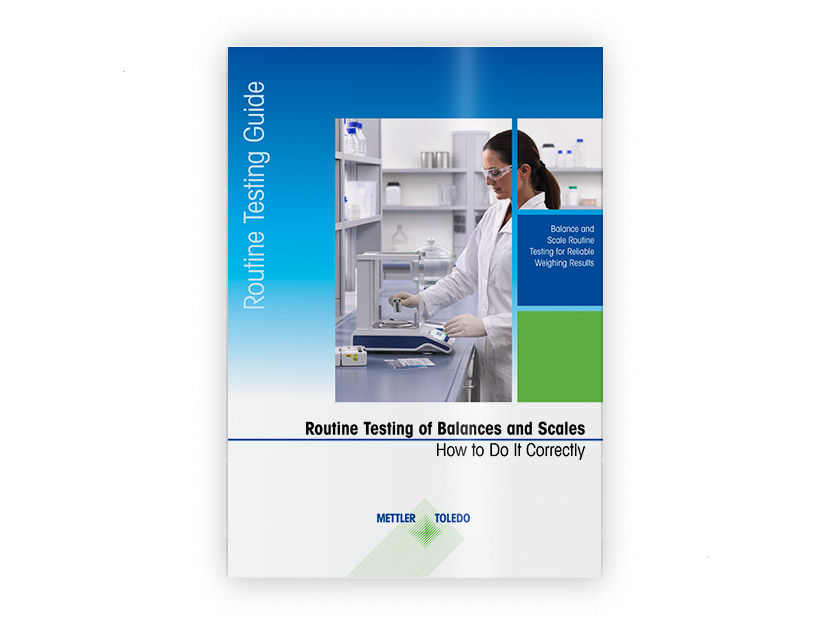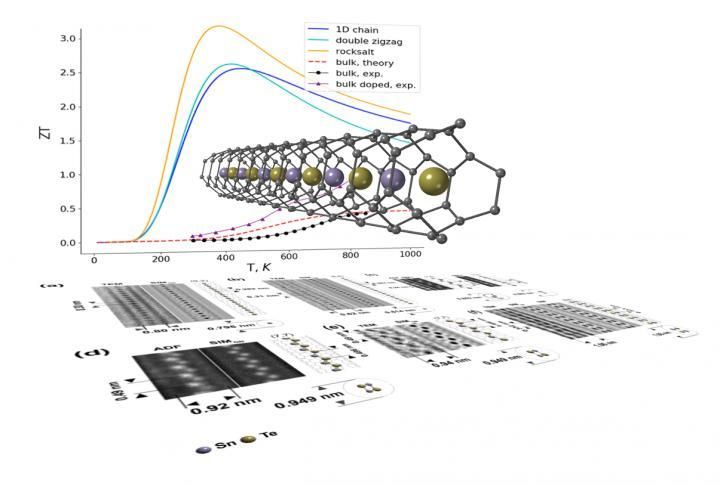Vienna University of Technology is working on a new doping detection system
One of the most common substances used for doping is EPO (erythropoietin), which is difficult to detect. In an era when there are increasing numbers of 'copies' of biotechnologically produced medications (biosimilars), it is also becoming more and more difficult to detect the difference between the body's own EPO and that made biosynthetically. Chemists at Vienna University of Technology (TU) working jointly with ARC Seibersdorf, are developing a new analytical method, based on MALDI mass spectrometry, to track down the perpetrators of doping.
"With the aid of MALDI mass spectrometry, a method that is used for non-destructive desorption/ionisation of large molecules, especially biopolymers, we compare the deceptively similar 'humanised' form of EPO with the body's own substance. The two samples differ in the structure of the amino acid chains and/or in that of the associated sugar chains. Depending on the structure of these sugar chains and where they bind to, we can recognise whether this is a natural or biosynthetic EPO", explains Professor Günter Allmaier of the Institute of Chemical Technologies and Analytics at Vienna University of Technology.
Previous methods, for example isoelectric focusing, exhibit several weaknesses. First, it takes between two and three days to obtain the test results. Furthermore, the method is regarded as difficult to automate, and is based on antibodies which can detect EPO in urine but sometimes are too non-specific and do not distinguish the structure sufficiently precisely. Allmaier and his co-workers are concentrating now on a search for suitable analytical strategies that can detect recombinant EPO directly in urine. Lab-on-chip technology is to be combined with laser-based time-of-flight mass spectrometry. Following the testing phase, Allmaier estimates that the method may reach the patentable stage around 2009 and provide a valuable support in the fight against doping. Allmaier: "The most essential point in our strategy is that we are developing a method with which the EPO molecule itself is detected. All the other methods used so far have been indirect."
Topics
Organizations
Other news from the department science

Get the chemical industry in your inbox
By submitting this form you agree that LUMITOS AG will send you the newsletter(s) selected above by email. Your data will not be passed on to third parties. Your data will be stored and processed in accordance with our data protection regulations. LUMITOS may contact you by email for the purpose of advertising or market and opinion surveys. You can revoke your consent at any time without giving reasons to LUMITOS AG, Ernst-Augustin-Str. 2, 12489 Berlin, Germany or by e-mail at revoke@lumitos.com with effect for the future. In addition, each email contains a link to unsubscribe from the corresponding newsletter.
Most read news
More news from our other portals
See the theme worlds for related content
Topic World Mass Spectrometry
Mass spectrometry enables us to detect and identify molecules and reveal their structure. Whether in chemistry, biochemistry or forensics - mass spectrometry opens up unexpected insights into the composition of our world. Immerse yourself in the fascinating world of mass spectrometry!

Topic World Mass Spectrometry
Mass spectrometry enables us to detect and identify molecules and reveal their structure. Whether in chemistry, biochemistry or forensics - mass spectrometry opens up unexpected insights into the composition of our world. Immerse yourself in the fascinating world of mass spectrometry!




























































